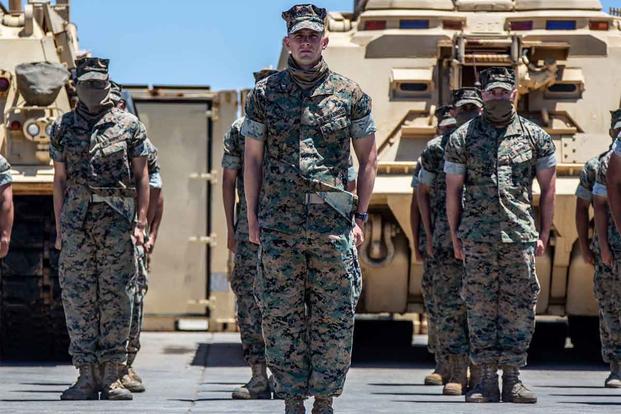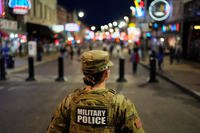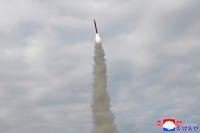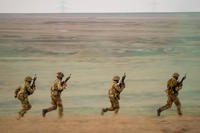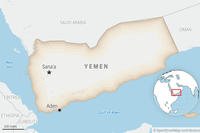More than 450 Marines' careers have been affected by a forcewide redesign that launched last year as the Corps reorganizes to take on new threats, sending hundreds into new career fields, early retirement, or even Army tank units.
Commandant Gen. David Berger issued his first annual update to the forcewide redesign he announced in March 2020. The changes center around making the Marine Corps lighter and more expeditionary to take on new threats from sea and ashore.
Tank battalions, bridging companies and law enforcement units were slashed as part of the plan. Marines in those jobs are being told to find new military occupational specialties, or MOSs; consider another service; or opt to end their careers earlier than planned.
Read Next: Marines Fire Anti-Ship Missile from Back of Unmanned Truck to Hit Target at Sea
So far, 69 Marines who were assigned to tank battalions have transferred to the Army, said Yvonne Carlock, a spokeswoman for Marine Corps Manpower and Reserve Affairs. Those new soldiers were all enlisted Marines.
Another 259 personnel have made lateral moves into new Marine MOSs, she said. About 60% of tank officers in need of new specialities have chosen to become intelligence, logistics or cyberspace officers, Carlock added. Nearly all the military police officers making lat moves selected intelligence, cyberspace or communications strategy and operations jobs.
On the enlisted side, the lateral moves have been more varied, Carlock said, though Marines have shown a slight preference for ground ordnance maintenance, infantry and logistics specialties.
Another 128 Marines whose fields were affected by the changes have taken advantage of early out programs, Carlock said. Those include the Temporary Early Retirement Authority, the Voluntary Enlisted Early Release Program, and the Officer Voluntary Early Release Program.
More Marines were told this month to prepare to make changes as force-design efforts continue. Marine officials, a servicewide message states, will continue using lateral moves, inter-service transfers and voluntary early out programs for those affected.
Armor Marines, battle tank repairer/technicians, and military police officers are among those affected. Those who aren't pending orders or separation from voluntary actions will receive new MOSs "based upon the needs of the Marine Corps," the message adds.
Carlock said the new MOSs haven't been decided yet since those force-shaping measures won't go into effect for another year.
"If involuntary force shaping is required, a board will be convened to select those who will be involuntarily force shaped, and they will be assigned a new MOS based on the needs of the Marine Corps at that time," she said.
Manpower officials said last May that about 1,300 personnel would need to move into new fields or other branches of the military if they wish to remain in uniform as their missions are cut. Officials now say the Marine Corps will drop 10,000 personnel by 2030 to reach an end strength of about 174,000.
Berger said last year when announcing his new plan that no one would be forced out of the service over the changes if they still wanted to serve.
"No one's getting a pink slip saying 'time to go home,'" he said. "... We're not forcing anybody out."
-- Gina Harkins can be reached at gina.harkins@military.com. Follow her on Twitter @ginaaharkins.
Related: The Marine Corps Is Known as a Force of Young Warriors. That's About to Change
